|
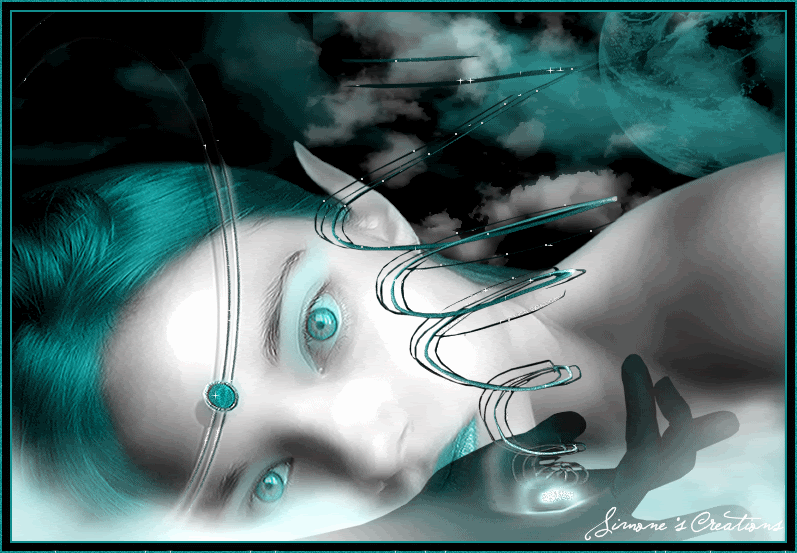
Hand in hand, with fairy grace,
Will we sing, and bless this place.
~William Shakespeare, A Midsummer Night's Dream~
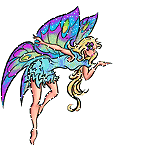 
    
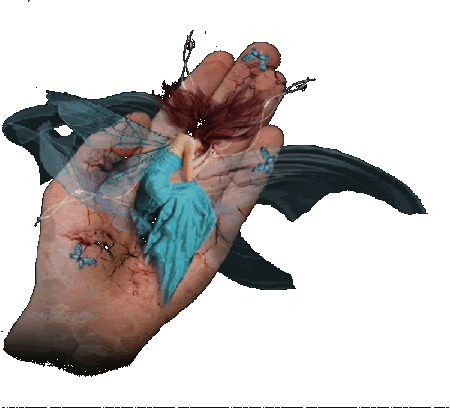
The presence in the world of fairies was not a new idea when Shakespeare wrote A Midsummer Night's Dream, or The Tempest. There was a long and rich English tradition of the fairy world for Shakespeare to draw on although he altered the perception of the being forever, by making them more fun, friendly, and less of a threat to people.
This article is about the fairy world before Shakespeare, in English folklore and legend. It is a threatening world, not one of little girls dressing up in pink and waving wands.
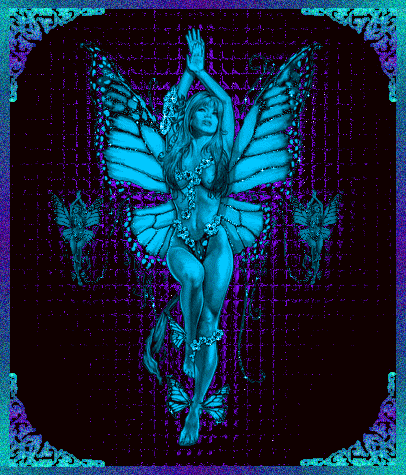
 The origin of fairies The origin of fairies
There were different ideas about where fairies came from, and what caused them to live in the human world. These tended to be geographically-based so in Cornwall, Wales, and Ireland, fairies were often thought to be either immortal beings, or race of ancient, small people who had retreated before an invading population of humans.
Sometimes, particularly in the north of England, fairies were thought to be fallen angels, living on earth.
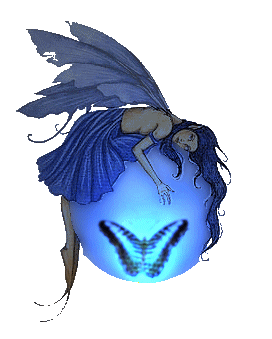
A common idea in the south of England is perhaps the most intriguing was that fairies were almost immortal, but less than human. The fairy lived for a long time much longer than man, three-score-years-and-ten, but he did not have a soul, so at the end he just dried up and withered away. In this way, fairies had an essential sadness about them, a long life, but only life on this earth, with no afterworld to look forward to, and a difficulty in feeling emotion in a human fashion. This is perhaps the idea that Shakespeare drew on in creating Ariel in his play The Tempest. In Act V, Ariel says to his master, Prospero:
Your charm so strongly works
That if you now beheld them, your affections
Would become tender.
And when Prospero asks, Dost thou think so, spirit? Ariel replies, Mine would Sir, were I human.

 Size, appearance and associations Size, appearance and associations
Medieval and folklore fairies were generally the same size as fairly small adult people, and were almost always dark-haired and with darker than normal skin. They were extremely beautiful, but their dark colouring represented, to the medieval mind, their dark nature.
As fairies were strongly associated with nature, they often wore green or brown. They could often change their appearances, or become invisible, at will.
The flower fairies, and fairy wings, are both later ideas, far more in tune with the twee Victorian fairies than anything older. The first apparent association of flowers in particular (as opposed to nature in general) with fairies seems to have been in the person of the Fairy Queen, Titania, in Shakespeare's A Midsummer Night's Dream.
Medieval fairies were most often associated with farms, and the domestic world. They were in and around peoples homes, part of everyday life. Fairies were particularly sensitive to mess and disorder, and were known to punish people who were untidy and dirty.
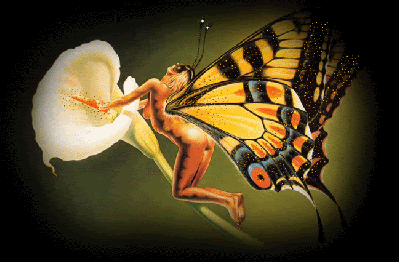
 Fairies, changelings and abductions Fairies, changelings and abductions
Fairies were known to abduct people, in particular babies. When a fairy stole a baby, he left a fairy baby in place of the human baby.
Women who had recently given birth were particularly at risk of being taken by the fairies, before the Churching ceremony which cleansed them of the sin of Eve, childbirth, 40 days or so after the baby was born.
Children who suffered from birth defects, or conditions such as autism, were sometimes suspected of being changeling babies.
The belief in changelings persisted for much longer than other ideas about fairies evil deeds in late Victorian England, it was still being written about as a current belief in some rural areas.
The unfortunate children who were labelled as changeling babies could have a very tough time. Martin Luther believed that changelings were not human babies, but were soul-less and could be killed with impunity.
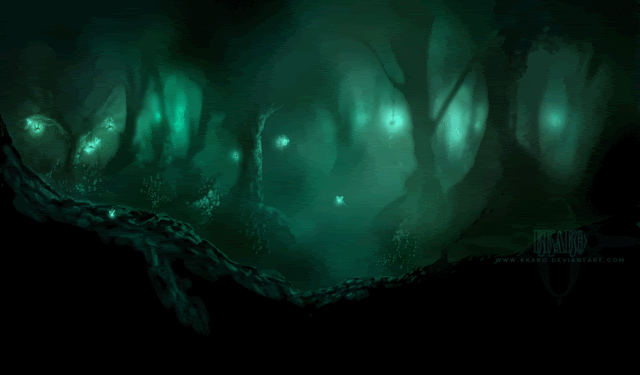
 Fairy pranks and evils Fairy pranks and evils
Fairies were responsible for all sorts of mishaps, from tangled hair and missing needles, but also for paralysing people or animals, causing tuberculosis, or other serious illness and even death.
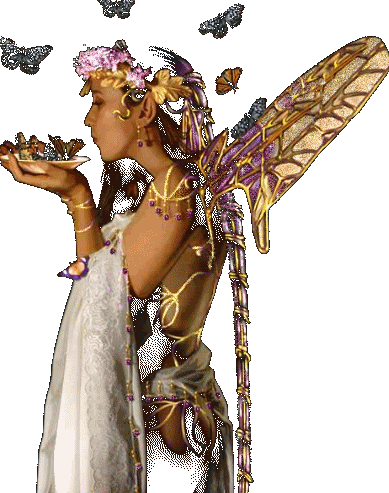
 Placating the evil-doing fairies Placating the evil-doing fairies
Fairies depended on people for their food and water and in particular, for their favourite dairy products, milk and cream. The association with cleanliness is clear, here the need to keep dairies clean was well-known in medieval England. And keeping the fairies supplied with what they wanted was a way to protect oneself from the evil deeds fairies too often perpetrated on people who displeased them.
To try to guard against a baby being stolen, mothers were advised to make sure someone was awake and watching over a newborn ever minute of the first few days of his life, and with great care until the baby was a couple of months old.
Fairies were known to hate cold iron, rowan trees, and other charms. Some protections varied in some parts of the country bread repelled fairies, while in other parts, they liked their daily loaf.
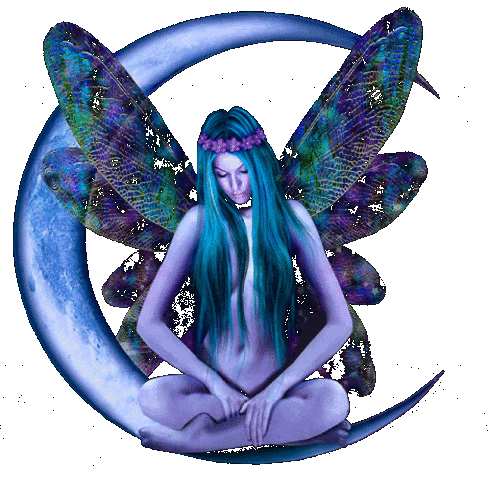
 Shakespeare changes to the fairy world in A Midsummer Night's Dream Shakespeare changes to the fairy world in A Midsummer Night's Dream
Shakespeare adopted some traditional fairy beliefs, but also altered others. His fairies had an Indian changeling boy, kept fairy hours (mostly dark times of day) and fairy times of year.
Robin Goodfellow, or Puck, was a common folk figure, well-known to Shakespearen audiences. But until A Midsummer Night' s Dream, he was not a fairy he was too nice for that, his pranks were not really harmful. Fairies were nastier.
And Oberon, in the play, acts at the end to sort out the humans lives and make everything as it should be for altruistic reasons.
It was the beginning of the rehabilitation of the English fairy.

graphics by:



info by:
http://www.webhistoryofengland.com/?tag=shakespeare





|